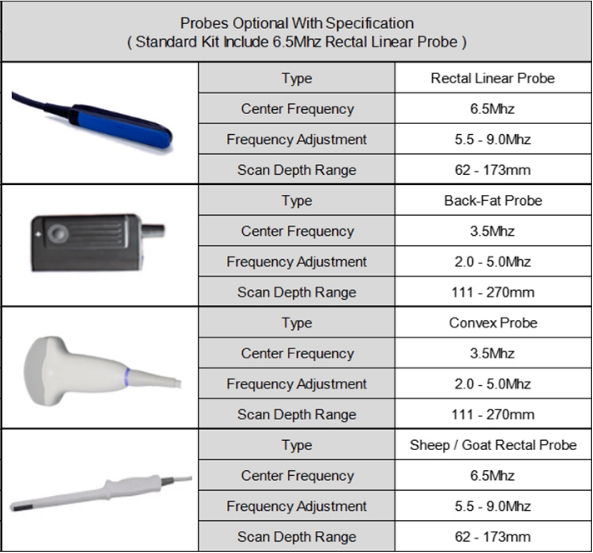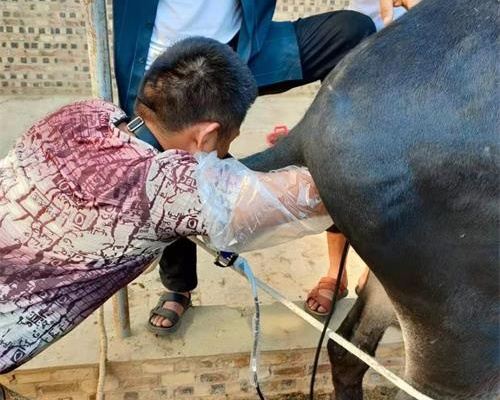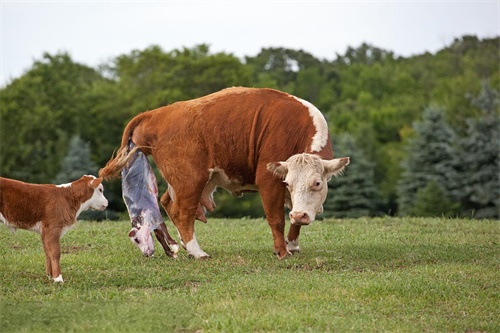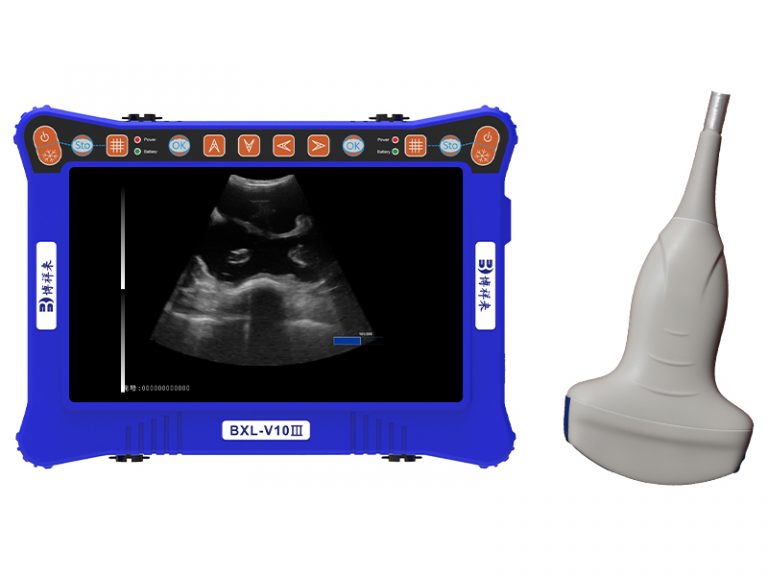How to Choose the Best Portable Livestock Ultrasound
In the modern livestock industry, early pregnancy detection, reproductive management, and overall animal health monitoring are more crucial than ever. A portable livestock ultrasound has become an essential tool for farmers, veterinarians, and breeders who need fast, accurate, and reliable imaging in the field. However, with so many models and options available on the market, choosing the right one can feel overwhelming.

This article will guide you through the key factors you should consider when selecting the best portable ultrasound for your livestock operation, ensuring you make a wise investment for the future of your herd.
1. Understand Your Needs
Before you even start shopping, it’s important to clearly define what you will primarily use the ultrasound for. Are you focusing on pregnancy diagnosis in cattle, sheep, goats, pigs, or horses? Or are you planning to use it for general abdominal, musculoskeletal, or thoracic examinations?
Different species and applications require different types of probes, frequencies, and screen qualities. For example, larger animals like cows and horses require lower-frequency probes (around 2-5 MHz) for deeper penetration, while smaller animals like goats and sheep benefit from higher frequencies (5-8 MHz) for better image resolution.
2. Probe Type and Frequency
Choosing the right probe is critical to getting accurate diagnostic results.
-
Linear Probe: Offers excellent resolution for superficial structures, ideal for tendons, muscles, and small animals.
-
Convex Probe: Provides a wider field of view, best for pregnancy checks in larger animals like cattle and horses.
-
Microconvex Probe: Combines a compact footprint with a wide field of view, suitable for smaller animals or difficult-to-reach areas.
Probe frequency also matters: Lower frequencies penetrate deeper but have lower resolution, while higher frequencies offer clearer images but shallower penetration. Make sure the device you choose supports interchangeable probes if you plan to work with various species.

3. Portability and Durability
Since you’ll often use the ultrasound machine in barns, fields, and potentially harsh outdoor environments, it must be highly portable and durable. Key features to look for include:
-
Lightweight design: Ideally less than 5 kg (11 pounds).
-
Waterproof or at least splash-resistant: To handle accidental spills or wet conditions.
-
Rugged casing: Shock-resistant casing can prevent serious damage from drops or bumps.
-
Long battery life: A minimum of 4-6 hours is necessary for working long days without frequent recharges.
Some units also come with wearable options like belt clips or shoulder straps, freeing up your hands for animal handling.
4. Image Quality
High-quality imaging is vital for quick and accurate diagnosis. Look for an ultrasound that offers:
-
Clear gray-scale images for easy differentiation between tissues.
-
Good depth penetration for larger animals.
-
Real-time image adjustment settings like gain, depth, and focus.
-
Sunlight-readable screens for outdoor use.
Many modern portable ultrasounds also offer advanced features like Doppler imaging to assess blood flow, which can be especially useful in certain reproductive evaluations.
5. User-Friendly Interface
A complicated machine can slow you down or even lead to diagnostic errors. You should choose a system that offers:
-
Intuitive menu navigation.
-
One-button image capture.
-
Easy storage and retrieval of images.
-
Clear labeling and customizable settings.
Some devices also feature touchscreen interfaces, but be sure they remain responsive even with gloved hands.
6. Connectivity and Data Management
Data management is becoming increasingly important. Modern portable ultrasound machines should have options for:
-
USB and SD card support for easy image transfers.
-
Wireless connectivity to smartphones, tablets, or computers.
-
DICOM compatibility if you need to integrate into veterinary hospital systems.
Some newer models also allow cloud storage and remote consultations, saving valuable time and providing greater flexibility in care.

7. After-Sales Support and Warranty
Given the investment, after-sales support is not something to overlook. Choose a brand or supplier that offers:
-
Comprehensive warranties (at least 1-2 years).
-
Readily available spare parts.
-
Responsive technical support and training options.
Good customer service can greatly extend the life and usability of your equipment.
8. Budget Considerations
While it’s tempting to go for the cheapest option, remember that in ultrasound machines, you often get what you pay for. A lower-cost device might save you money upfront but could cost you much more in repairs, lost time, or missed diagnoses.
Determine your budget, but be willing to invest a little more if it significantly improves image quality, durability, and user experience. Financing options are also available through many vendors.
Conclusion
Choosing the best portable livestock ultrasound requires careful consideration of your specific needs, the types of animals you work with, and the environment in which you’ll be operating. By focusing on probe type, portability, image quality, usability, connectivity, after-sales service, and overall value, you can select a machine that will serve your farm or practice reliably for many years to come.
Investing in the right equipment not only improves the health and productivity of your animals but also boosts your efficiency and confidence in making crucial decisions.





